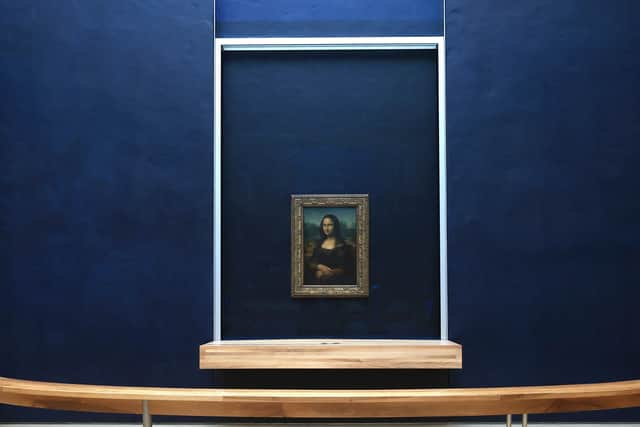Leonardo da Vinci's Mona Lisa and The Last Supper have toxic secret hidden beneath paint layers
and live on Freeview channel 276
Leonardo da Vinci's masterpieces, the Mona Lisa and the Last Supper, contain a toxic secret, a new study reveals. The compound, known as plumbonacrite [Pb5(CO3)O(OH)2], has never before been detected in his works but has been uncovered using X-ray and infrared microanalyses by a team of researchers led by Victor Gonzalez at Université Paris-Saclay.
A statement on the paper and published in the journal of the American Chemical Society said: "The mystery of the Mona Lisa lies not so much in her smile as in the painting techniques used by Leonardo da Vinci. Artist, engineer and architect, da Vinci was also an experimental chemist, with the Mona Lisa being his veritable laboratory."
Advertisement
Hide AdAdvertisement
Hide AdPrevious research has found that many paintings from the early 1500s were painted on wooden panels requiring a thick "ground layer" of paint to be laid down before artwork was added. The researchers studied an "exceptional microsample" of an undercoat of the Mona Lisa, and discovered he used thick layers of led white pigment and infused his oil with lead monoxide - which is now known to be toxic. Other artists tended to use gesso - a compound derived from plaster of Paris.
The technique is “very different to that usually observed in oil paintings from this period,” according to the research team. “Leonardo probably endeavoured to prepare a thick paint suitable for covering the wooden panel of the Mona Lisa by treating the oil with a high load of lead II oxide, PbO,” the researchers wrote in supporting information to the study.


The researchers also found traces of the unstable lead compound plumbonacrite, which has also been found on fragments of his painting The Last Supper. This compound has also been found in works by Rembrandt van Rijin and Vincent van Gogh.
Comment Guidelines
National World encourages reader discussion on our stories. User feedback, insights and back-and-forth exchanges add a rich layer of context to reporting. Please review our Community Guidelines before commenting.
